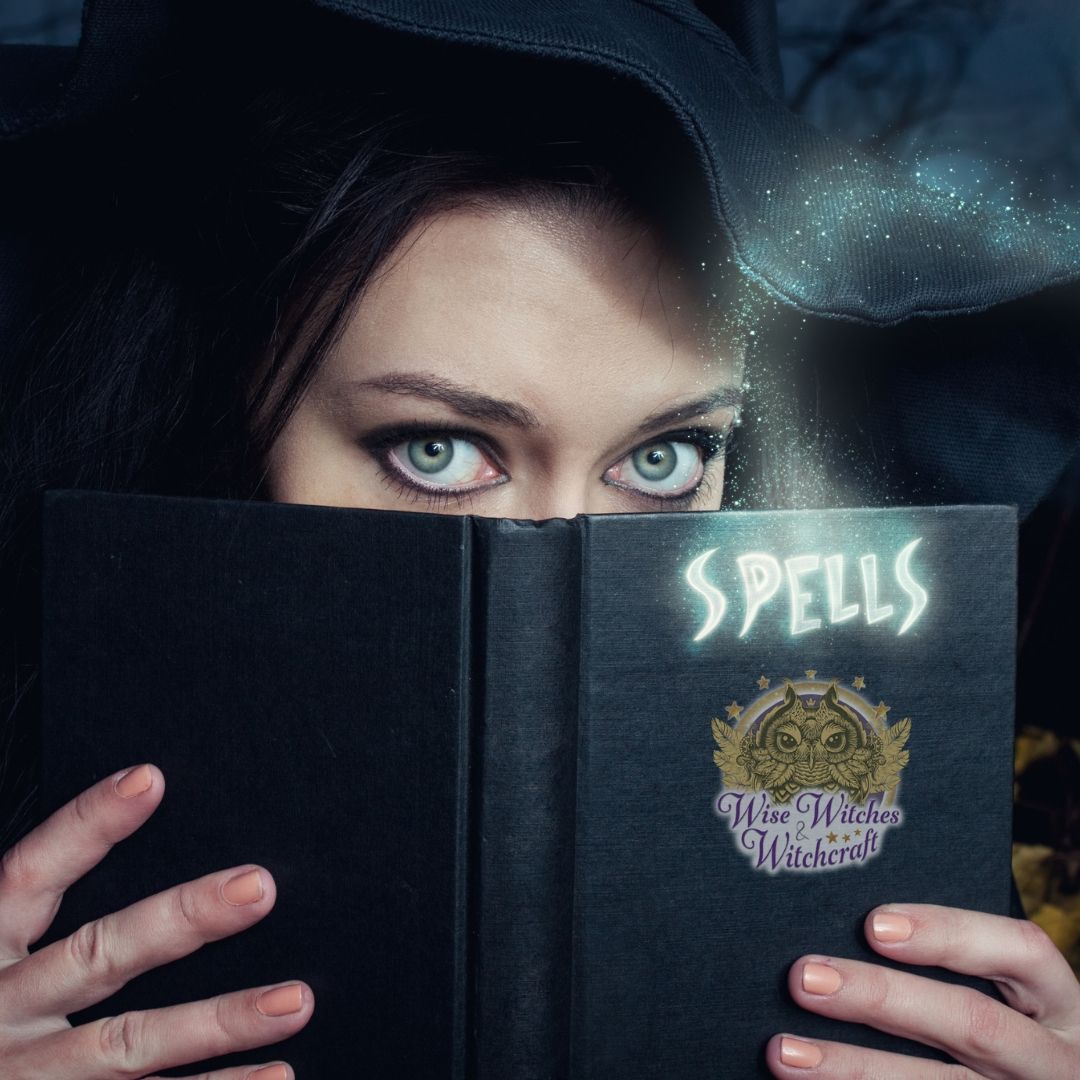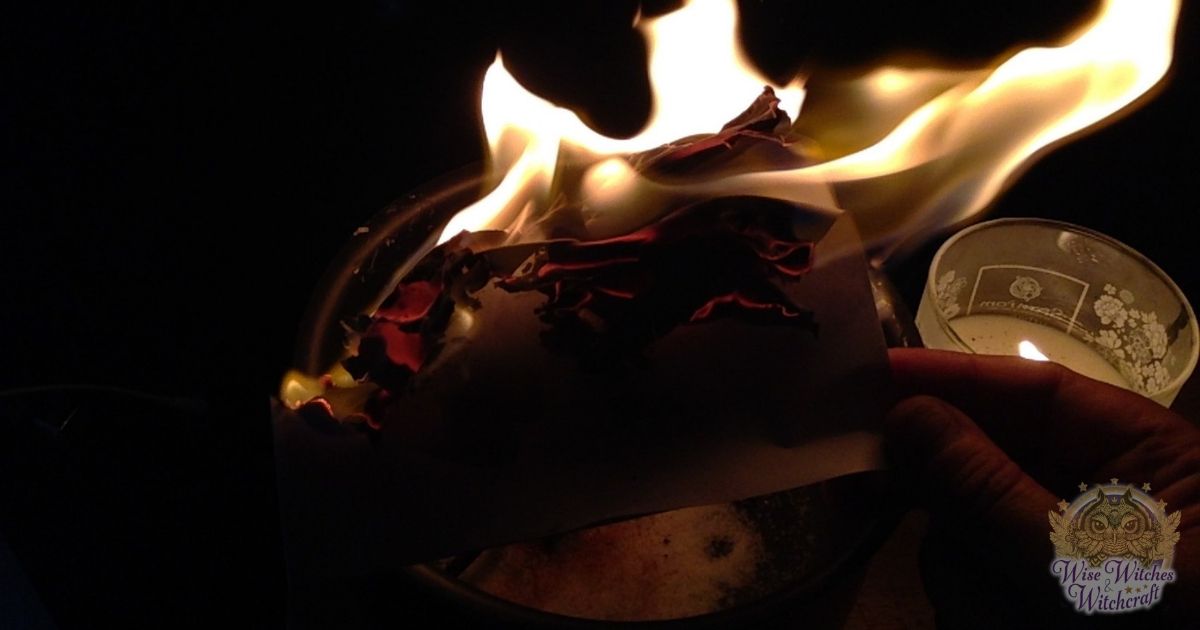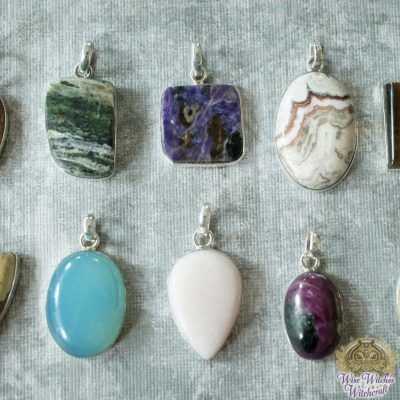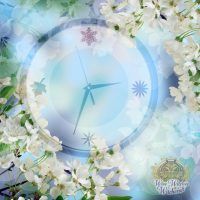Personalizing Off-the-Rack Magic Spells & Creating Your Own

“No two persons can learn something and experience it in the same way.”
– Shannon L. Alder
It’s very common in magical practices to reach for your favorite book and look up a proverbial “off the rack” spell when you need it. This is especially true of the novice who may feel uncertain about the process of spellcraft. Let’s face it – this saves time, and it’s perfectly fine. Tried and true is a wonderful thing.
However, not every enchantment you find suits your discretion, requirements, or magical ideals. For example, a Hungarian love charm calls for blood rubbed into an intended’s hair to bind the spell and that person’s affection. Can you imagine proposing that on a first date? If that doesn’t sound appealing, try adapting the idea using a little creative substitution.
In this scenario, two people who wish to increase their love could place snippets of their hair in a bowl, cauldron, or another container, and then mix in red rose water or another red substance as a blood surrogate. This substitution preserves the congruity of meaning through color (and in this case the flower too). Thus nothing is lost in translation. The mixture could then become part of two matching amulets for the couple to carry.
Substitution in Spell Work

As seen in the above example, substitution is an important factor in personalizing spells. This means every part of a spell you stumbled over and thought, “wow, that’s got potential” can be edited, including:
- Wording
- Focals & props
- Timing
- Location
- Decorations
Only one rule applies to this process. Continuity matters. You cannot randomly swap out any part of the spell recipe without the alteration having equitable symbolism. If a spell uses water as a component in some manner, for example, it’s silly to use a fire associated ingredient instead. That just won’t do – it muddles up the energetic signature.
Magic Form vs. Function

There is one exception to the rule of continuity (you knew there would be, didn’t you?). It’s when you like the CONSTRUCTION of a spell but do not want to use it for the original intention. In this case, you can make those meaningful changes.
For example, people in the Middle Ages used an herb bundle, known as a pomander, as a magical charm to ward off sickness. These consisted of things like balsam, rose water, cinnamon, cloves, and ambergris or musk. If you wanted to make something similar for drawing love, then change the herbs to match that goal. In this illustration constituents for love include rose petals, lavender, orange powder, or other spices associated with romance.
What’s most important is not how much you change the original source, but the resulting meaningfulness. True empowerment for magic comes from its significance in our reality. The best verification then comes through testing, which is well worth the effort. In the end, you will have a totally intimate construct through which your magic can flow.
Making Spells from Scratch

As witches grow in their craft, many enjoy making their own spells from scratch. You can’t get any more personal than that! Designing a spell is really not that much different than baking a cake. You need the right ingredients, tools, and steps for making everything come out perfectly. Magically this equates to:
Goal Statement and Symbols for Your Spell
A precise understanding of your aims in spellcraft is essential, as is having some ability to anticipate possible side effects. Having said that, shaping your thoughts for a specific purpose is not always as easy as it seems. Spells move through the astral plane and have an impact on things outside our awareness. Magical energy is rarely linear; usually, it grows like a web. The central strand represents your spell, whose outcome affects everything, and everyone involved. This means taking a little extra time deliberating upon the motivation for, and final development of, our spell(s) so that the universe does not misconstrue our intentions.
Decide your goal with as many details as possible. Choose symbols which reflect your goals or help define them. Finally, create the verbal components with phrases that will state your intention with clarity as you put it out into the Universe. If you’re uncomfortable with saying spells out loud, write them or recite them in your mind instead.
Healing Spell Model
Let’s say you are creating a healing spell. Ask yourself:
- What is the sickness or malady
- How can you describe that problem in a short phrase or incantation
- Are you creating an amulet or only using verbal/written components
- What symbolism or techniques supports this goal
An ancient charm against sickness was the word Abracadabra, written on paper in a descending triangle with the word losing one letter per line. Folk etymology behind this word includes a Hebrew phrase (I create as I speak) or Aramaic (create like the word). In either case, the visual impact of a shrinking word could work for you too.
In this case, you might write the malady backward on paper much like abracadabra. Say it’s a lung infection:
Lunginfection
Lunginfectio
Lunginfect
Lunginfec
Lunginf
…. and so forth.
This illustrates your desire for the sickness to shrink into nothingness.
What happens to the paper afterward depends on your recipe. You could burn the paper, so the illness disappears into smoke. You could also bundle the paper with healing herbs into a portable health token. There is also the option of adding a verbal element to either technique like, “God/dess, bless my sacred goal, make my body well and whole.”
Here, both written and spoken elements of your spell design indicate to the universe and your higher self exactly what needs prevail. The other props – the visual cue and herbs -stress that goal.
Choosing Spell Components
The previous step started illustrating the process for choosing your magical focals. The process of choosing emblems is educational and beneficial since it allows you to consider your goal and any of its connotations as they directly pertain to your magical path and preferred techniques. While deciding among components, your determined concentration increases the energy available. This can be used later when casting the spell or to charge the object.
So where do you begin? Well, go back to step one: what is your goal? What tools do you want for achieving that goal? Everything in the world has some type of metaphysical association – be it herbs, stones, trees or colors – you have a vast array of options here. So in part, your choices might be based partially on availability. Most people have a stocked herb shelf, for example, so those are components well within your reach (literally)!
Returning to the idea of a spell for a cold. Folk herbals often recommended clove, ginger, lemon, and honey for easing coughs. As a nice happenstance, all of these have magical associations with health and healing too! So how about making a magic potion using those components and adding other techniques that support your goal. You might stir it counterclockwise to banish sickness and then add an incantation. It works on both a physical and metaphysical level – this is great!
Let’s try something more personal. Maybe your mom always gave you oatmeal when you felt under the weather. In your mind oatmeal equals feeling better. So, dried oats might become a perfect ingredient for your spell. You can still internalize cooked oats, literally absorbing your magic. Or, you might make oats into a charm that attracts health. The mental connection you have to that component is the all-essential key.
Cleansing, Blessing & Charging Components, Focals and Tools
This is a significant step that shouldn’t be skipped. You wouldn’t want to cook meals for your family in rusty, dirty pots. Similarly, magic should have a psychically clean region from which to originate. Tools common to your living space tend to absorb random energy. Cleansing eliminates the spiritual static and leaves a utensil through which power can flow unhindered.
Purification can be accomplished in several ways.
- If the item is washable, old-fashioned soap and water combined with white-light visualization is perfectly apt.
- An aspersion with mineral water can substitute if the object cannot be immersed.
- Move the tool through cleansing incense vapors such as frankincense, myrrh, or sage.
- Dust the item(s) with salt.
There are many other ways of cleansing cools, but these three are pretty standard and easily done at home. While you work, add a prayer, chant, song or another environmental factor that will inspire you even more.
Blessing the components for a spell means setting them apart for a specific function and asking your chosen Divine visage (if you have one) to sanctify that function. The form a blessing takes is somewhat of a personal matter. Many people find that holding the item or placing their hands upon it while petitioning the divine works well. The words need not be intricate to convey your heartfelt desire. One example is “Lady /Lord, see this pure tool prepared to help me in my magic. Bless it now, to become an implement of _____.” (Fill in the blank with your intentions.)
Finally, charging an item is like plugging it into an electrical outlet. To increase their potency as much as possible, place the objects on your altar during appropriate astrological periods, beneath the light of the sun or moon or house them with sacred crystals.
Empowering Do-It-Yourself Spells

If you want your spell fancier, you can go wild with any number of energetic “add-ons.” Consider timing your spell by auspicious astrological factors, casting it in sacred space, or decorating your altar so it reflects your magical working.
Now really all that’s left is using your creation. Make notes of how you feel during the spell and what results it achieved. What did you like best about the spell? What didn’t work quite as you hoped? Add this information into your Book of Shadows for future reference.
Adapted from “Spinning Spells, Weaving Wonders,” by Patricia Telesco. All rights reserved.




